This is about six cameras that I now own; great cameras I might add. Why, because they are classics? Are they the best of their class? Great performers? Valuable? To be honest, none of these reasons. It is because they were given to me – they were free!
The best things in life are free, right? I’m sure many followers, contributors and readers of 35mmc can recount stories of being handed over cameras for nothing – “I’ve got an old camera in the cupboard, would you like it?” – I do like to tell people I’m into old cameras!
The purpose of this post is not a comprehensive review of these marvels but more like a way of offloading some guilt. The kind that comes with having too much gear. I have too many cameras, although I do try and use them all. Being given stuff for free just adds to this burden, so maybe by recounting the stories of their acquisition along with some photos will help me find some peace. I will start with the SLRs here and part 2 will feature three others.
Olympus OM20
First up is the Olympus OM20, the lightweight and small SLR from the early 1980s. This was handed down to me from a deceased relative some time ago now, actually at a period when I had aborted film photography. Along with it’s flashes, filters and lenses it remained in it’s aluminium Helios carry case for at least ten years. I got it out, I think in 2013, to use the Zuiko 50mm lens for reverse lens macro work with my DSLR. Every now and then I run a film through it, but in all honesty it’s not a camera I particularly like to use.
I can see how the whole OM system would have been great for serious amateurs and professionals in the past. Indeed, Maitani Yoshihisa’s designs continue to have a mass fanbase today, and I feel I should like it. But alas, not really for me: I prefer something heavier and robust feeling and very mechanical and goes clang. OM20s have been reviewed many many times, so I’ll just skip to some of my frames with it using the 50mm prime.
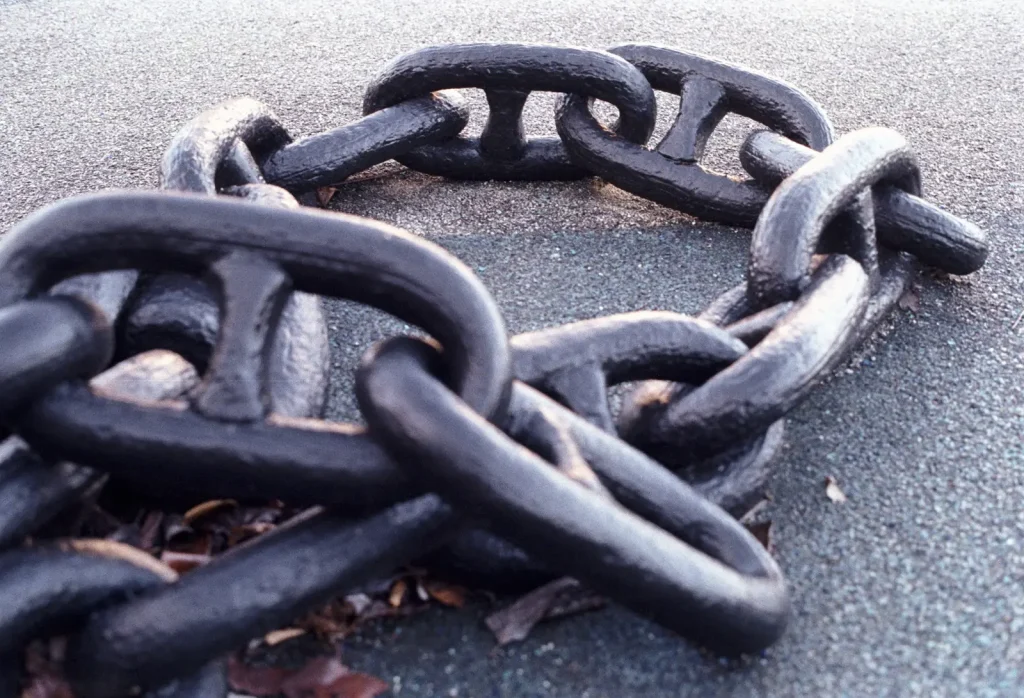

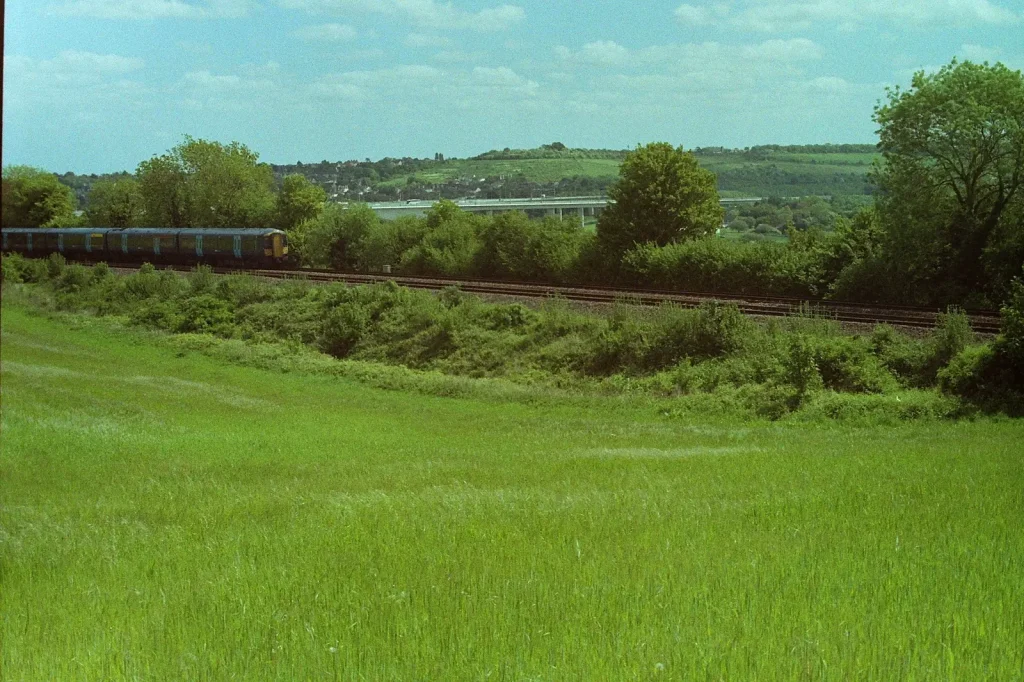


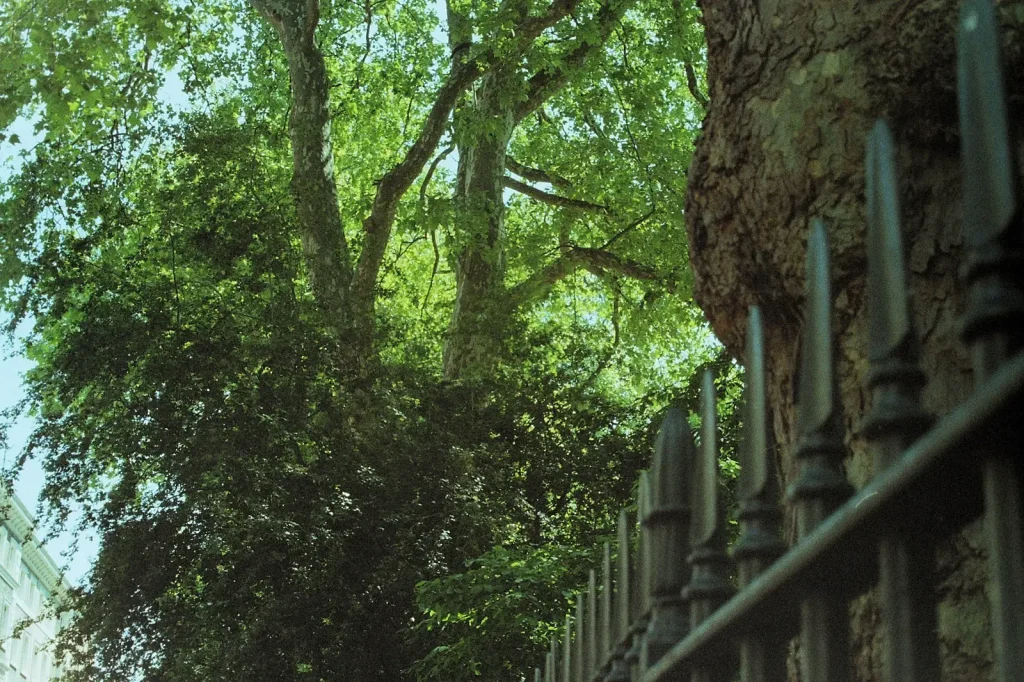
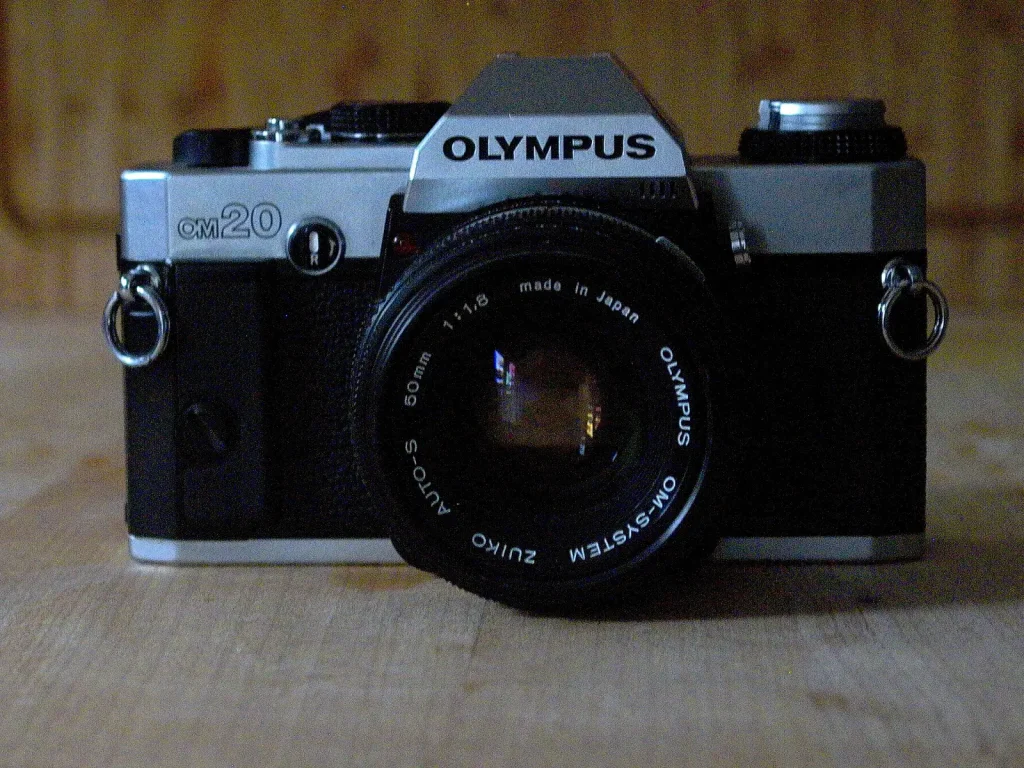
Minolta Dynax 505si Super
Next up is the Minolta Dynax 505si Super, which is on long term loan so I can’t show you a picture of it. This was an absolute bargain: my father in law brought it back from a boot fair about three years ago for the sum of just £2! It included 28-80 and 70-210 zooms, a camera bag, booklets and some Konica expired film. Yes, £2 the lot.
This is kinda ironic for me. In my youth days as a photographer (late 80s to early 90s), the latest Minoltas were way out of my league, especially price wise. Their SLRs were the kings of auto focus but as I’d never be able to afford one, I never gave them serious consideration. I certainly never thought I’d own one.
As you’ve guessed no doubt, this is an auto focus SLR. It was released in 1998 and is fully featured with multiple program modes, top shutter speed of 1/4000, spot metering and eye start function where the auto focus starts as you put your eye towards the viewfinder. It’s all very good, accurate and easy to use. A very likeable camera that I’ve been lending out to colleagues and not using too much myself. Here is a favourite photo

Canon FT QL
The final SLR for this post was recently gifted to me by my wife. It had been her high school camera when she studied art, and then put away. Well, actually it saw more use as a bookend and I can see why. Weighing in at one kilo, the body and combined 50/1.8 is a tad hefty, and even feels heavier than that when first handled. But after a while, it just seems to become lighter in the hand. This camera feels like quality. This camera is the Canon FT QL. This camera is currently my favourite camera!
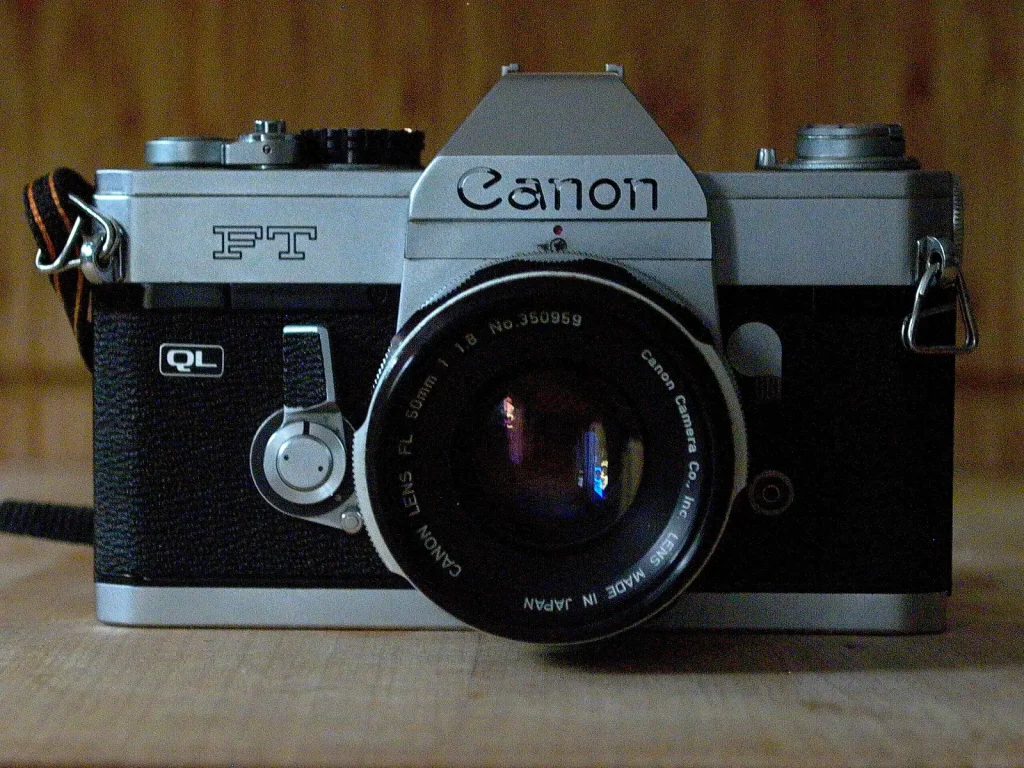
Following in the footsteps of the Canon Pellix, the FT is a mid-1960s SLR offering several useful features. I really like the FL mount: align the bayonet and turn the breech lock. Lenses seem to go on very nicely. Equally simple is the film loading – QL stands for ‘quick load’ – as you just line it up, shut the door and let the special hinged system do the rest. There is a handy mirror lock up lever, something often missed out on mechanical SLRs. Exposure is TTL and seems to be spot on (I use a Wein Cell). My favourite part is the standard prime that comes with the camera. The look you get with vintage glass of this era is something that I have missed and one of the reasons why I like film photography. Hopefully you can see this to a degree in some of the photos
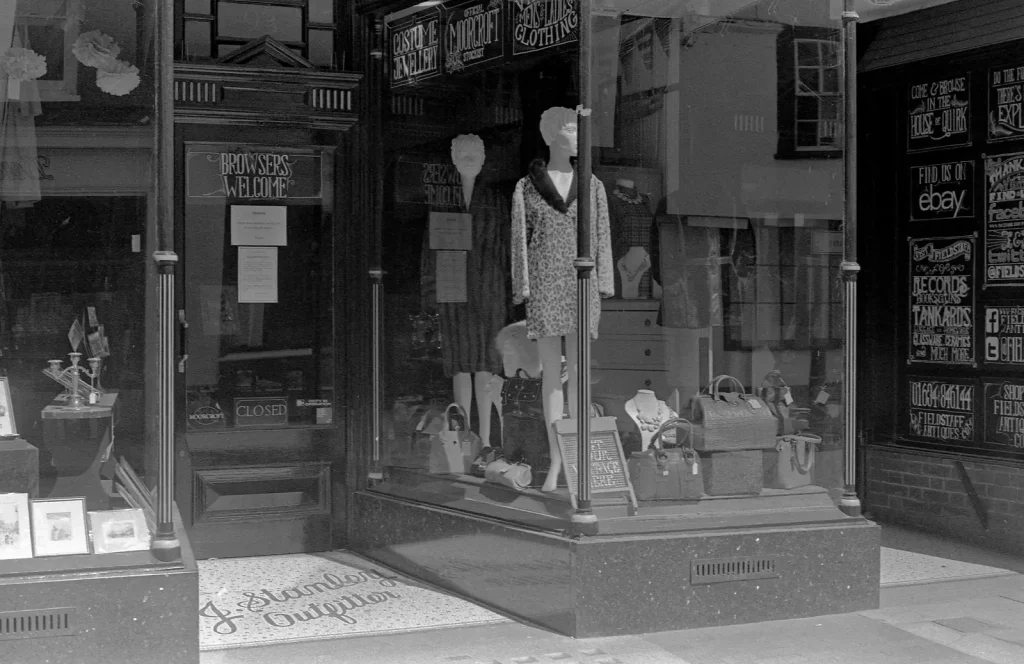
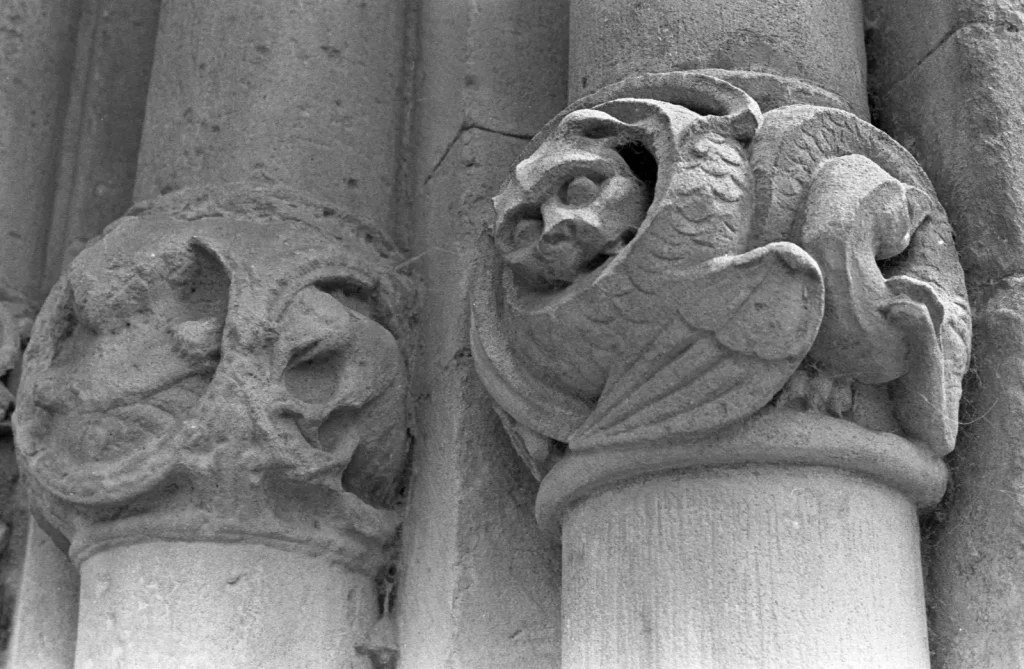

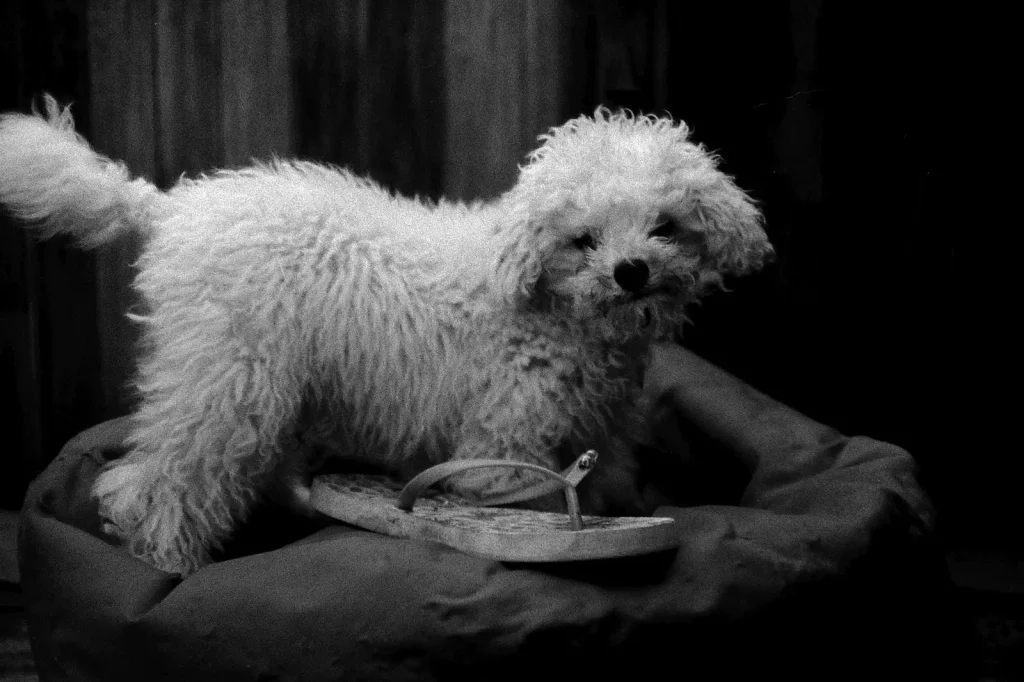
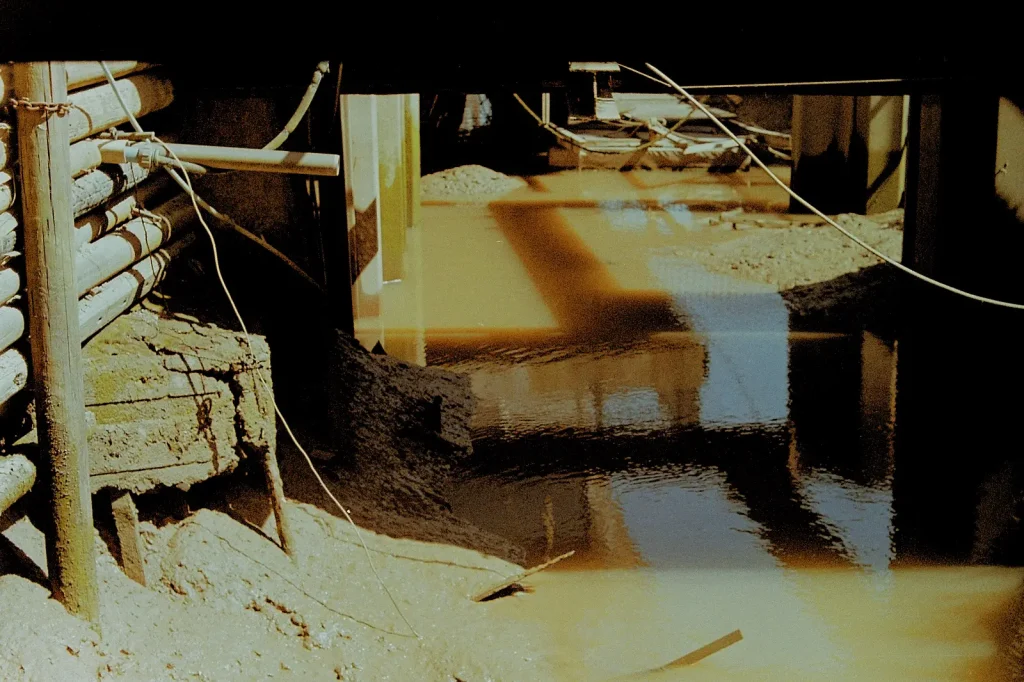
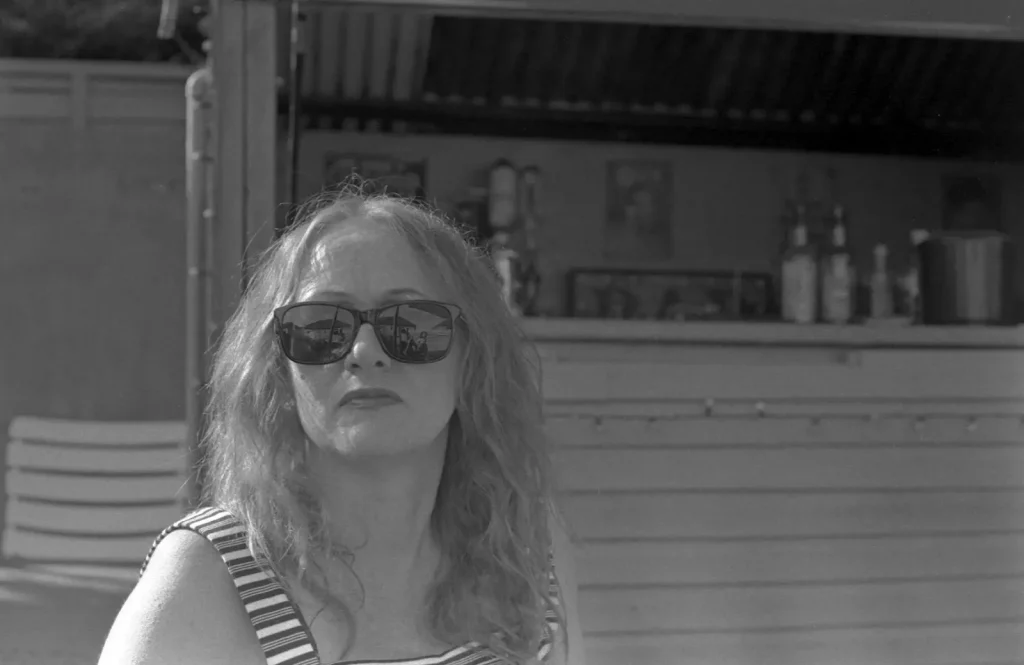
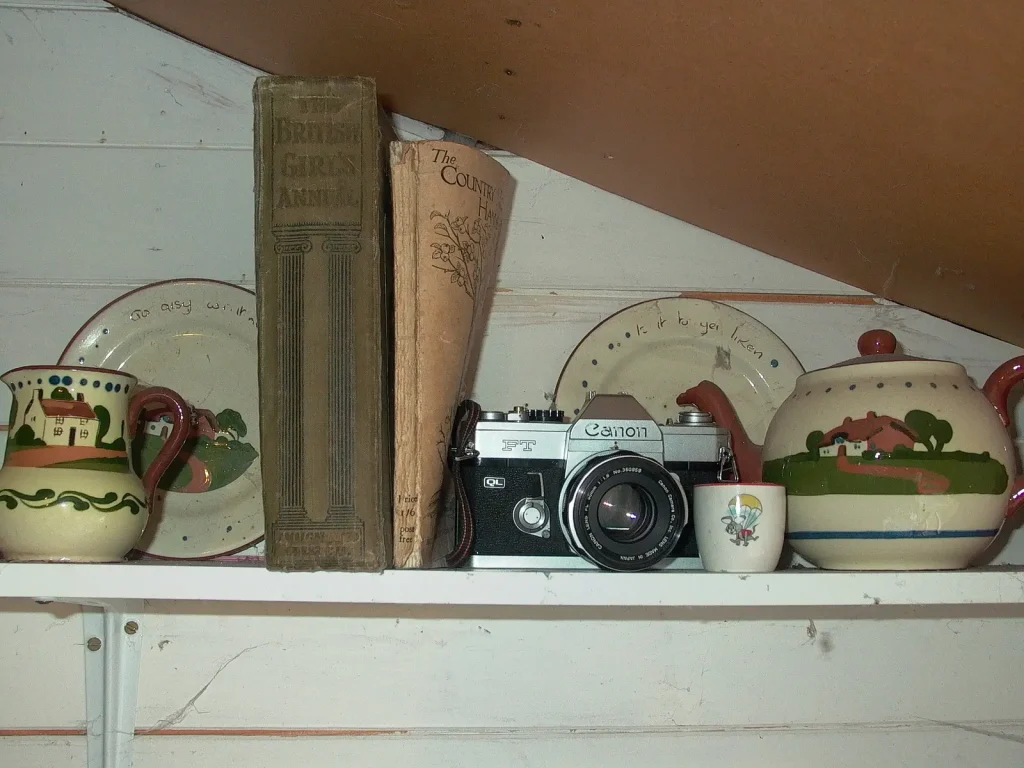
So there you have part 1 of my camera collecting conscience. I am actively using the Canon, trying different films to see what combination I like with the 1960’s glass. Hope you enjoy the photos and thanks for reading. Look out for part 2 coming soon, with three more freebies featuring medium format.
Cheers, Rock ( www.rocksreflex.com )
Share this post:
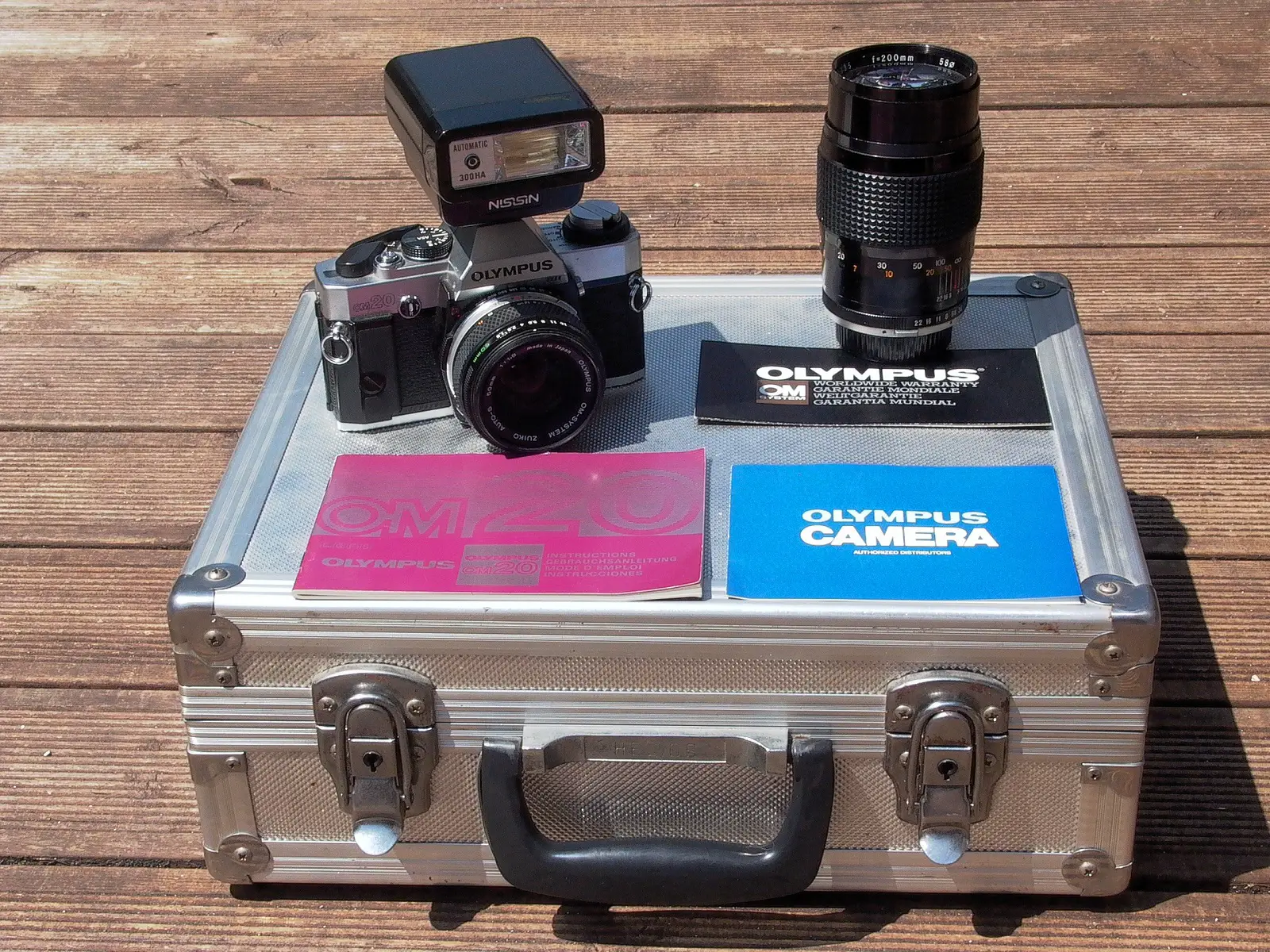








Comments
Sacha Cloutier on Six of my Best Freebie Cameras – Part1: The SLRs – By Rock
Comment posted: 13/08/2020
Comment posted: 13/08/2020
Justin Kingery on Six of my Best Freebie Cameras – Part1: The SLRs – By Rock
Comment posted: 18/08/2020
Comment posted: 18/08/2020
Comment posted: 18/08/2020
Comment posted: 18/08/2020
Six of my Best Freebie Cameras - Part2: The Others - By Rock - 35mmc on Six of my Best Freebie Cameras – Part1: The SLRs – By Rock
Comment posted: 23/08/2020